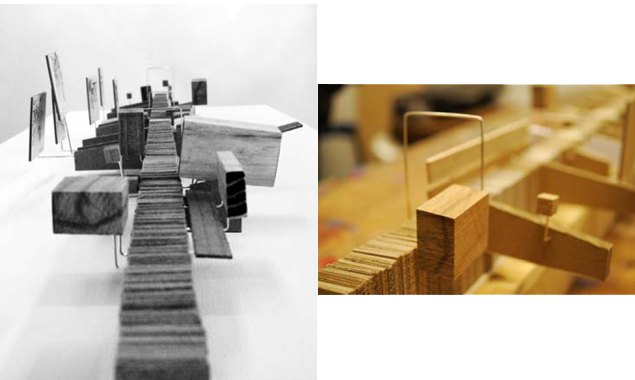
Aidan Williams
There is an uncomfortable dichotomy in the fact that in order to think about our place in the world we generally separate ourselves from it through intellectual thought. On one hand we live our experience and on the other we think about our experience as though we are a detached intellect, perceiving a world out-there. This subscription to the Cartesian split of the mind and the body gives us enormous difficulty when discussing architecture since it places less emphasis on the qualities of things than their quantitative aspects. "More is more". In recent times however, the rise of architectural phenomenology has developed a language concerned with the qualitative aspects of architecture - the tactility of Zumthor's Thermal Baths, Norberg-Schulz's "Genius loci", Pallasmaa's call for an architecture that engages the senses other that sight alone. Each of these approaches is a direct descendent of the philosophy of Martin Heidegger who advocated taking a view of the world from the position of already being-in-the-world, not being as a detached intellect.
A re-reading of Heidegger suggests an approach to architecture that differs slightly from that of the architects mentioned above. It is through the faculty of making that Heidegger states we form relationships to place, not through the place's inherent (designed) qualities imposed on us by architects and planners. Aidan Williams' research explores how this can occur, how this can be documented, and how this can be expressed and extrapolated through architectural design. His presentation will form part of a continuing critique of Heidegger's philosophy and architecture's ability to structure our relationship to being-in-the-world.
